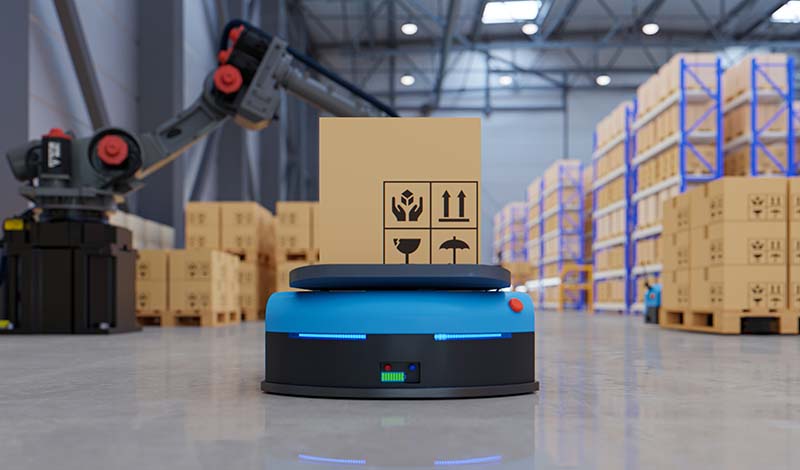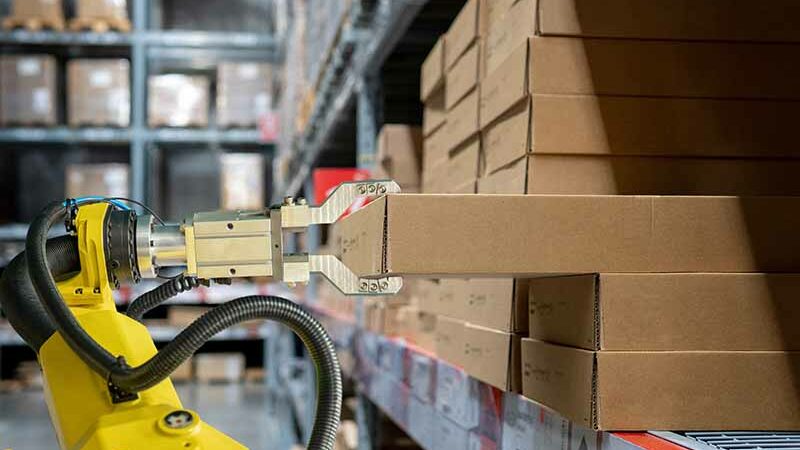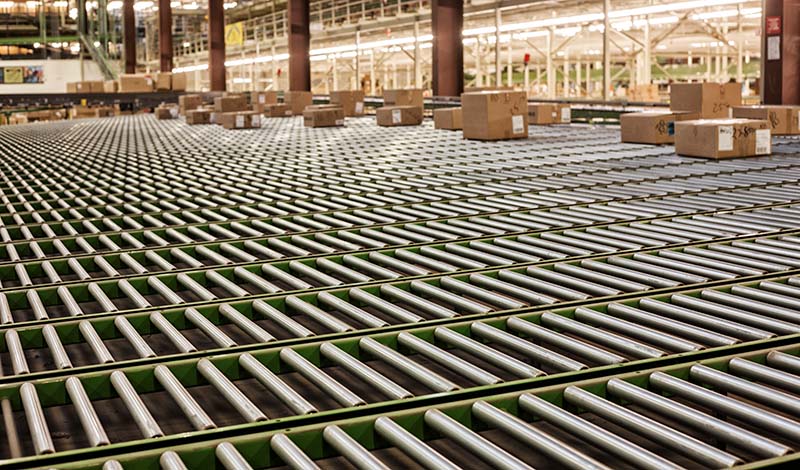
Have you ever wondered how to make your warehouse more efficient? A goods-to-person system might be the solution you’re looking for. Also known as GTP, this system changes the way orders are prepared and delivered.
Instead of workers moving around the warehouse to pick items, the goods come directly to them at the pick station. This approach saves time, reduces errors, and boosts productivity.
In a goods-to-person system, automated machines collect and deliver items that need to be packed. Your staff doesn’t have to walk around the warehouse searching for products. The entire picking process is handled by technology, making it faster and more accurate.
So, how do you set up a goods-to-person system in your warehouse? You need experts who understand both the industry and your specific business needs. That’s where we come in.
At Process Equipment & Controls (PEC), we specialize in providing automated and robotic solutions tailored to your operations. We integrate these goods-to-person solutions into your unique business model to help you achieve increased efficiency and increased productivity. Contact us today for a consultation, and let’s get started on improving your warehouse.
Many businesses are searching for new ways to automate their packing and picking operations to boost efficiency and productivity. One popular option is goods-to-person automation, which uses technology to move inventory around a warehouse or distribution center.
This type of automation can streamline order fulfillment by reducing the need for manual labor. It also helps reduce errors and improve safety by removing the need for workers to climb racks or lift heavy items. As a result, goods-to-person automation is a great way to improve efficiency in your packing and picking operations. Let’s look at some key benefits:
1
When you use a goods-to-person system, your workers no longer have to walk around the warehouse to pick items. Instead, the items come directly to them. Even if your staff is highly trained, moving around to find and pick items is time-consuming and inefficient.
Automated solutions in the goods-to-person pick process deliver items to where they are needed, much more efficiently. This reduces costs and improves relationships with partners across the entire supply chain. Safety also gets a big boost. With less movement around the warehouse, there’s less chance of accidents or damage to property.
2
Mistakes in the supply and distribution industry can be costly. If an order is picked incorrectly, it can harm your reputation and require you to fulfill the order again. This leads to wasted time and increased costs for your business.
With a system that relies on people, even with tools like pick-to-light, human error can’t be completely removed. Switching to an automated system means these repetitive tasks are handled more reliably. This increase in efficiency during order picking can save organizations a lot of money by preventing the need to redo orders.
3
At its core, GTP is simply faster than other models for order picking and goods delivery. Warehouse management teams aim to speed up the process without sacrificing accuracy and reliability. GTP makes this goal achievable.
The GTP system is controlled by warehouse management software—a tool designed to help business owners monitor how their teams are performing on the floor. This centralized software allows warehouse teams to analyze and improve their operating methods, offering even more potential for enhancement. With traditional person-to-goods models, ongoing improvement and scaling are more challenging.

Before you can implement GTP technologies in your business, you need to decide which type of technology to use. The two main types of goods-to-person technologies are autonomous mobile robots (AMRs) and automated storage and retrieval systems (AS/RS).
1
warehouse on its own. It finds the items to be picked and brings them to the packing location. In this way, AMRs work like a human team member would, but with greater efficiency and safety.
AMRs have sophisticated sensors built into them. These sensors are controlled by centralized software that gathers and interprets data as the AMR moves around. The robot learns more about warehouse operations through machine learning processes. Further control and data management are achieved through a warehouse management solution.
Types of AMR:
2
environments. Unlike AMRs that move around the warehouse, AS/RSs are built into the warehouse itself. Items are stored within the AS/RS and are retrieved and delivered by the system.
For example, an item might be stored in Section A of the AS/RS. When needed, the system’s control triggers the delivery mechanism in Section A, releasing the item onto a conveyor belt or another piece of equipment to transport it to the picking location.
Types of AS/RS
There are various types of AS/RS available:
Benefits of Goods-to-Person Systems
Implementing a goods-to-person system offers numerous benefits:
Implementing a goods-to-person system involves several steps:
At PEC, we can guide you through each of these steps to ensure a smooth transition to a goods-to-person system.

Process Equipment & Controls has extensive experience in implementing goods-to-person solutions. Here’s why you should choose us:
By partnering with us, you can achieve significant improvements in your warehouse operations.
Many businesses have seen remarkable benefits from implementing goods-to-person systems:
These benefits contribute to a better bottom line and give businesses a competitive edge.
Q: Will implementing a GTP system disrupt my current operations?
A: With careful planning and expert guidance from PEC, the transition can be smooth with minimal disruption.
Q: Is the investment in GTP technology worth it?
A: Yes, the long-term savings in labor costs, increased efficiency, and improved accuracy often result in a strong return on investment (ROI).
Q: Can GTP systems be customized for my specific needs?
A: Absolutely. GTP systems are flexible and can be tailored to fit the unique requirements of your warehouse.
Are you ready to elevate your warehouse operations? Implementing a high-performing goods-to-person system can revolutionize the way you handle order fulfillment by reducing the need for manual processes and improving the speed at which you retrieve items. At PEC, we specialize in helping businesses like yours transition to advanced picking systems that streamline workflows and enhance overall productivity.
Our team will work closely with you to identify and implement solutions that reduce costs, increase accuracy, and minimize the time needed for picking items. Whether you’re looking to scale up or simply refine your operations, our goods-to-person systems are designed to adapt to your unique business needs.
Contact us today to explore how PEC’s tailored solutions can transform your warehouse into a more efficient, high-performing environment. Together, we’ll drive your operations forward, reducing manual work and optimizing every step of your order fulfillment process.